An eerie tour of the world's abandoned airports
From bombed-out wrecks to bad financial decisions, these are the fascinating stories of abandoned airports
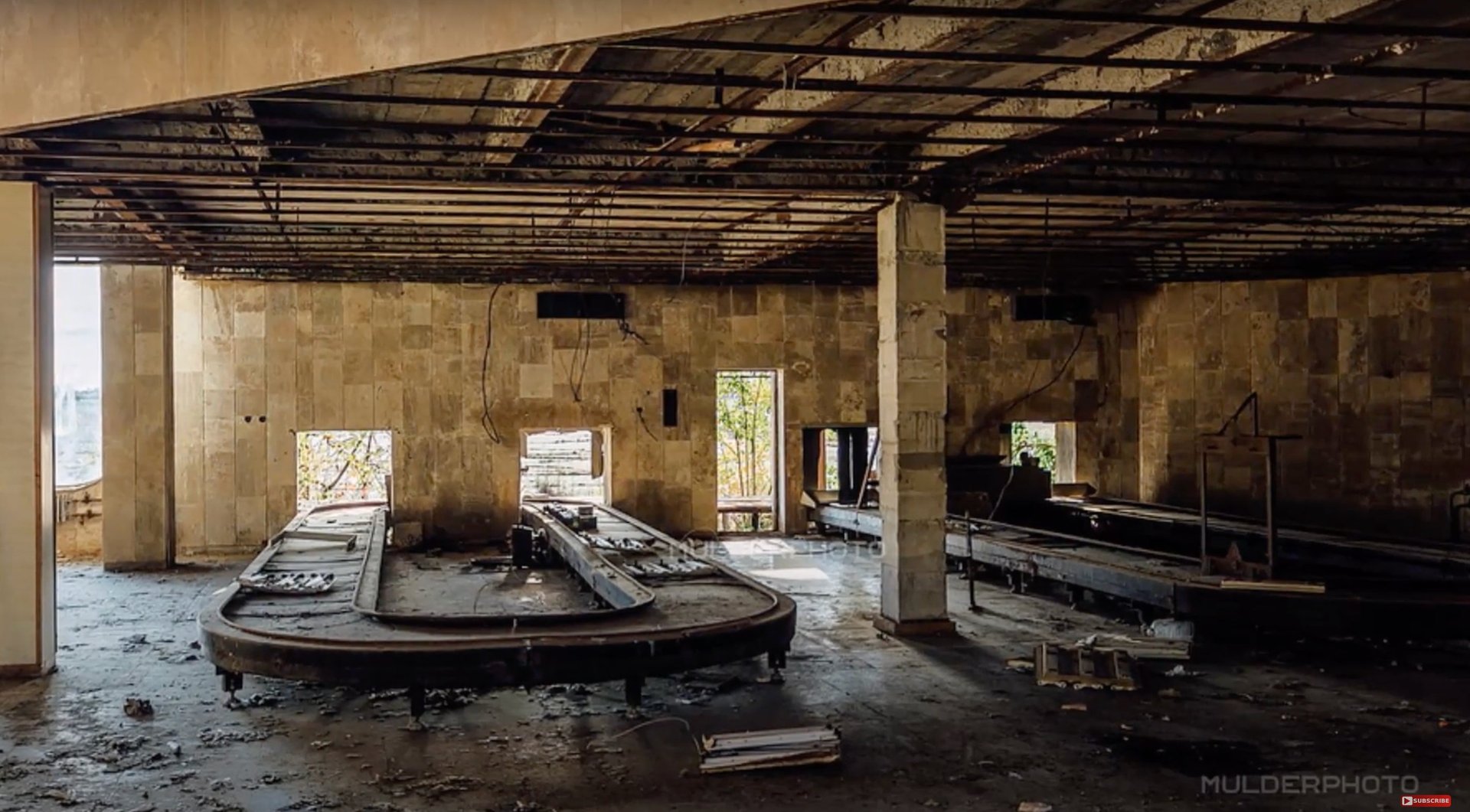
Airports seem like the sort of large, hulking and expensive buildings that will be there forever. There’s no way something so monumentally huge and costly to construct would ever just be cast aside. But there are a ton of lonesome airports around the world, ones that once hosted international flights full of diplomats, celebrities, business people, and holiday-seekers, to only now rot away.
Some of these empty airports offer a glimpse into tense geopolitical situations, left rotting or pounded into dirt by war, while others are simply the result of glut and greed, now serving as locations for for huge Hollywood film shoots. There are dozens of empty airports around the world, but here are a few of the biggest and most well-known sites.
1 / 11
Nicosia Airport, Cyprus - Abandoned In 1974
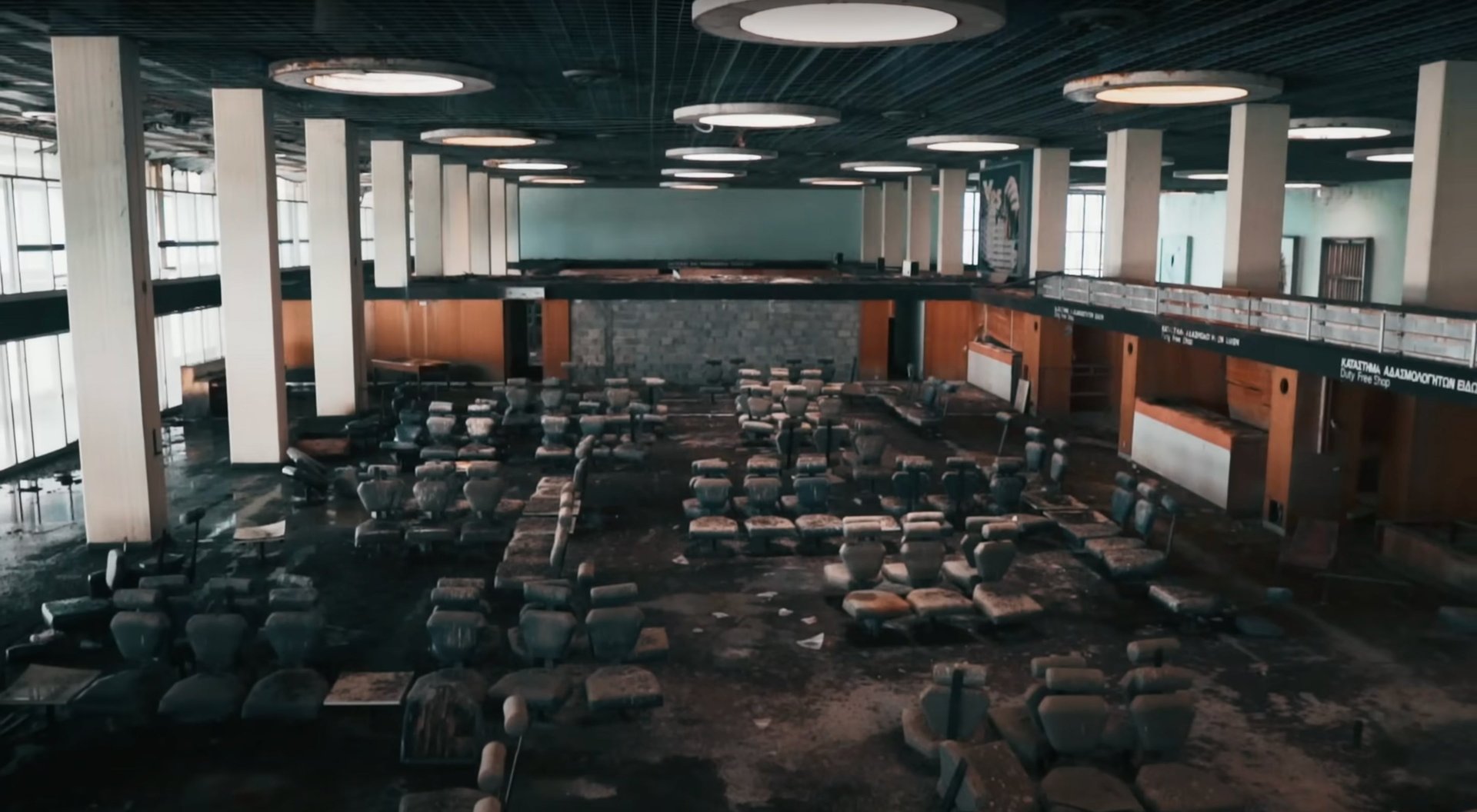
This airport is particularly spooky looking, as it seems everyone just picked up and left one day. Which is kind of what happened.
In 1974, Turkey invaded the island of Cyprus. This invasion would divide the small island nation into the Greek-backed Republic of Cyprus and the Turkish Republic of Northern Cyprus — a country which is still not internationally recognized to this day despite taking up 36 percent of the island’s land mass. In between these two forces is a so-called United Nations “buffer zone;” a no-mans land that includes the Nicosia Airport.
Formerly the largest international airport on the island, the airport was first closed on July 15, when right-wing, pro-Greek forces staged a coup against the democratically elected leader, Archbishop Makarios. The airport was briefly opened for a few days to allow foreign nationals to flee the island right before Turkey bombed it during the July 20 invasion. Busy week for little Cyprus!
The last flight out of the airport occurred in 1977, when the United Nations forces stationed at the old airport allowed three Cyprus Airways planes to take off. Those planes, however, weren’t carrying passengers; they had been stranded by the war since 1974. Tensions have not relaxed in the 50 years since the invasion, with Turkey setting up an entire rouge nation on Cyprus by bringing in thousands of Turkish settlers. Since then, the empty airport serves as a base of UN Peacekeeper helicopters and a spot for urban explorers.
2 / 11
Hellenikon International Airport, Greece - Abandoned In 2001

Here’s a Greek airport with a slightly happier history. The Hellenikon International Airport closed in 2001 when the Athens International Airport opened. Built in the 1930s, the airport was the target of Allied air raids during WWII, and still it endured, expanding to cover a footprint three times the size of the country of Morocco, according to CNN. In 2004, part of the site was reclaimed and used to host the Olympics. There were plans to develop the site further into a large urban park, but the financial crisis of 2008 hit Greece particularly hard and all of those plans were lost. In 2014, a development company attempted to turn the area into a vacation destination, but it has also been waylaid by bureaucracy.
In 2020 demolition began on some of the buildings, but the site is truly huge, and there is still a small fleet of derelict Boeing aircraft on the grounds. There are plans for a small museum dedicated to the old airport and to Greece’s former national air carrier, Olympic Airways. For now, the site is full of broken glass, molding seats and empty corridors.
3 / 11
Yasser Arafat International Airport, Gaza - Abandoned In 2001

The Gaza Airport was more than just a travel hub — it was a symbol of hope for statehood by the Palestinian people. President Bill Clinton and first lady Hillary Clinton cut the ribbon at the airport’s opening on December 14, 1998. The first plane to land at Yasser Arafat International Airport was a Palestinian Airlines flight. The pilot didn’t have a flight plan, radar or maps for the airport as it was not internationally recognized at the time, Al Jazeera reports.
The airport didn’t last long. It was closed due to rising tensions between Israel and the Palestinians in 2000, and Israel tore up the landing strip in 2001. Later, many of the buildings were bombed in air raids. The only building still standing is part of a mosque that was part of the airport complex.
4 / 11
Ciudad Real Central Airport, Spain - Abandoned In 2012
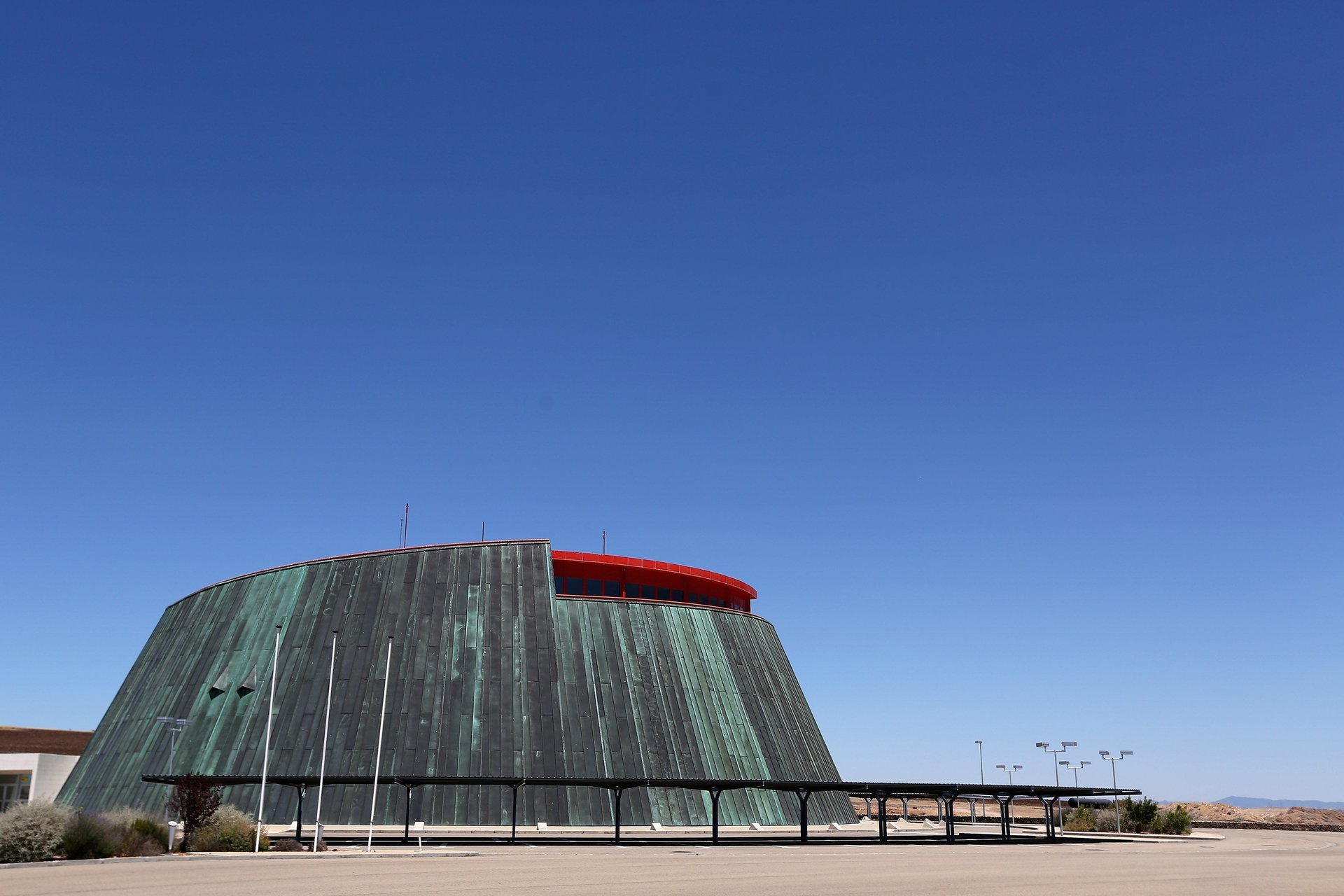
Consider this airport a pallet cleanser following the very sad tale of the Gaza Airport. The Ciudad Real International Airport only operated for three years, with two airlines plotting flights to the airport. Not very impressive for a spot that cost over one billion Euros to build. The airport was designed to handle two million passengers with the possibility of taking on 10 million in the future, but only two low-budget airlines ever signed on. After closing in 2012, the airport quickly fell into disrepair, according to Simply Flying. The site opened back up in 2019 as a spot for aircraft storage and maintenance. COVID-19 shutdowns really allowed Ciudad to shine, says SF:
The month of May 2020 saw cargo flights arrive from Guangzhou in China, bringing medical equipment to help fight the pandemic.
While being a ghost airport would be bad for business on other occasions, having lots of free storage space and quiet runways is not necessarily a negative when the world needs places to park its planes. Due to its arid climate - and probably favorable economics - the airport became one of the preferred storage facilities for aircraft during the global health crisis.
Spanish carriers such as Vueling and Iberia sent their aircraft to Ciudad Real as they parked their fleets. However, the airport has also long-term hosted the liveries of South African, Aer Lingus, Virgin Atlantic, and even far-off visitors such as Hong Kong flag carrier Cathay Pacific.
5 / 11
Kai Tak International Airport, Hong Kong - Abandoned In 1998

This place was wild. The first recorded flights from Kai Tak International occurred in 1925, when there was far less of Kowloon City around. By the time the airport closed in 1998, it was considered one of the most difficult airports for pilots to navigate in the world. Passengers reported being able to see what folks living in high-rises were watching on television as they came in for a landing, Simply Flying reports. It didn’t help that pilots also had to tangle with a runway almost complete surrounded by ocean and mountainous terrain that forced pilots to make a 45-degree turn below 500 feet. Oh, then there were the high winds and torrential rains during the summer in the sub-tropical location. Here’s how photographer Daryl Chapman described some of the terrifying landings for CNN:
“Being at the Kai Tak car park watching airplanes land in heavy rain ccould be very worrying,” he says. “The pilots could not see the runway, and landing over Kowloon, you had to be visual with the runway.
“Some (pilots) seemed to wait a little longer than others before they aborted the landing and went around for another go. Some would appear out of the low clouds on the approach path, then power up and vanish back into the clouds.”
The scariest memory for Chapman was the landing of an Air France 747-200 freighter contending with an extremely low ceiling.
“We could hear it coming but saw no sign of the landing lights. It was dark,” he says. “It got louder and louder; then you could see the glow of the red beacon under the plane. He overshot the turn and went right over the car park and control tower as he powered up and went around for another try.”
“That was very loud and worrying, as we never saw the actual plane!”
Yeeeesh. No thanks. Increased cargo flights and passenger plane traffic spelled the end for the dangerous and impressive Kai Tak. Hong Kong International Airport took over for Kai Tak in 1998, but many have fond memories of the airport over its 73 year history. The site is now the largest cruise ship terminal in town, with the actual airport buildings coming down in fits and starts over the last 26 years.
6 / 11
Pearls Airport, Grenada - Abandoned In 1983
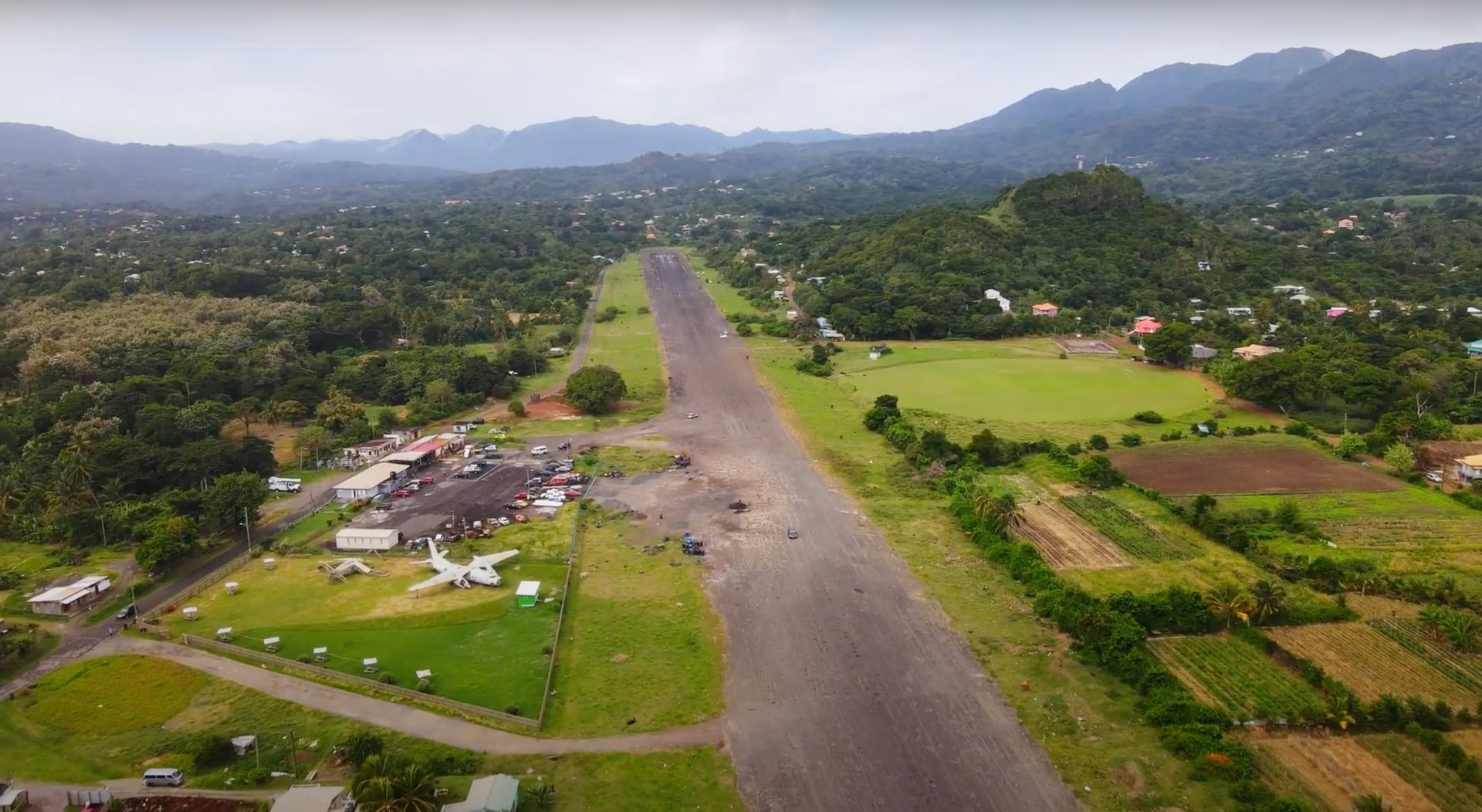
This airport, like the Gaza airport, may have been both a catalyst and a casualty of war. Pearls Airport was the first airport on the Caribbean island. In the 1980s, Pearls was used by Cuba and the Soviets to shuttle in materials to build a new, bigger airport on the island — Maurice Bishop International Airport, which is still used to this day. The site still contains a derelict Cubana Airlines plane and a crop duster with the letters of the Soviet Union — CCCP — still visible on the tail, Atlas Obscura reports.
Those planes were damaged when U.S. Marines seized the airport in the 1983 in the name of protecting the 1,000 or so Americans on the island. The military would continue to use Pearls as a base throughout the brief conflict. Other than that, the site is mostly used for grazing animals, drag racing and housing both a Cold War museum and police station.
7 / 11
Sergey Prokofiev International Airport, Ukraine - Abandoned In 2015
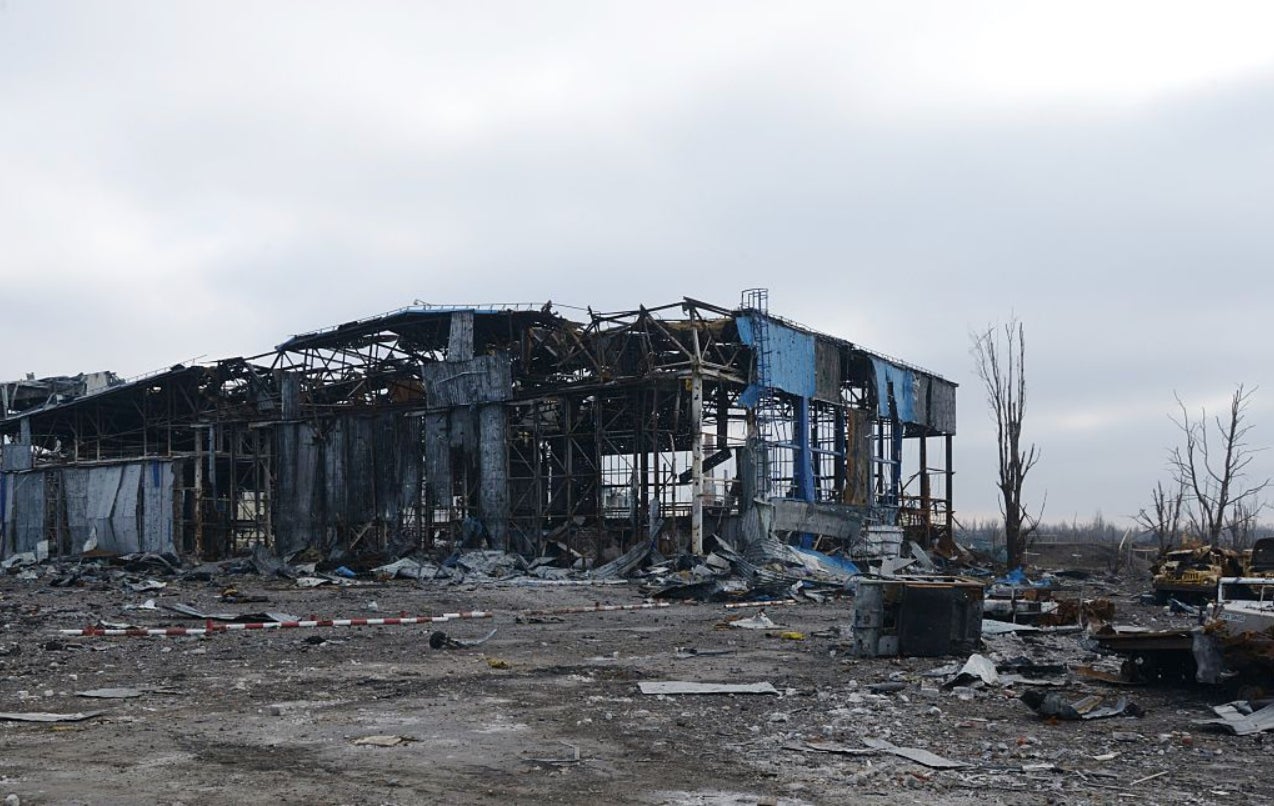
Another airport destroyed by war, Sergey Prokofiev International Airport is located in the Donetsk region of Eastern Ukraine. You may have heard of it during the ongoing Russian invasion of that country. But Sergey Prokofiev International Airport didn’t fall in this latest round of fighting. Rather, this airport was hammered into dust in 2014, when Russian-backed separatists seized the airport. Months of fighting left the formerly modern and busy airport in utter disrepair, looking more like the battle of the Somme than anything in 21st Century warfare.
Now you may be saying, but Jalopnik, this isn’t an abandoned airport, it’s a flattened one. Well I’d argue it is, considering the airport has been around since the ’30s and has been rebuilt at least three times in that brief history. A completely flattened Sergey Prokofiev International Airport that no one is currently rebuilding is technically abandoned.
The Atlantic has a fascinating suite of images that allows you to scroll through the airport’s destruction here.
8 / 11
Johnston Atoll Airport, U.S. Minor - Abandoned In 2003
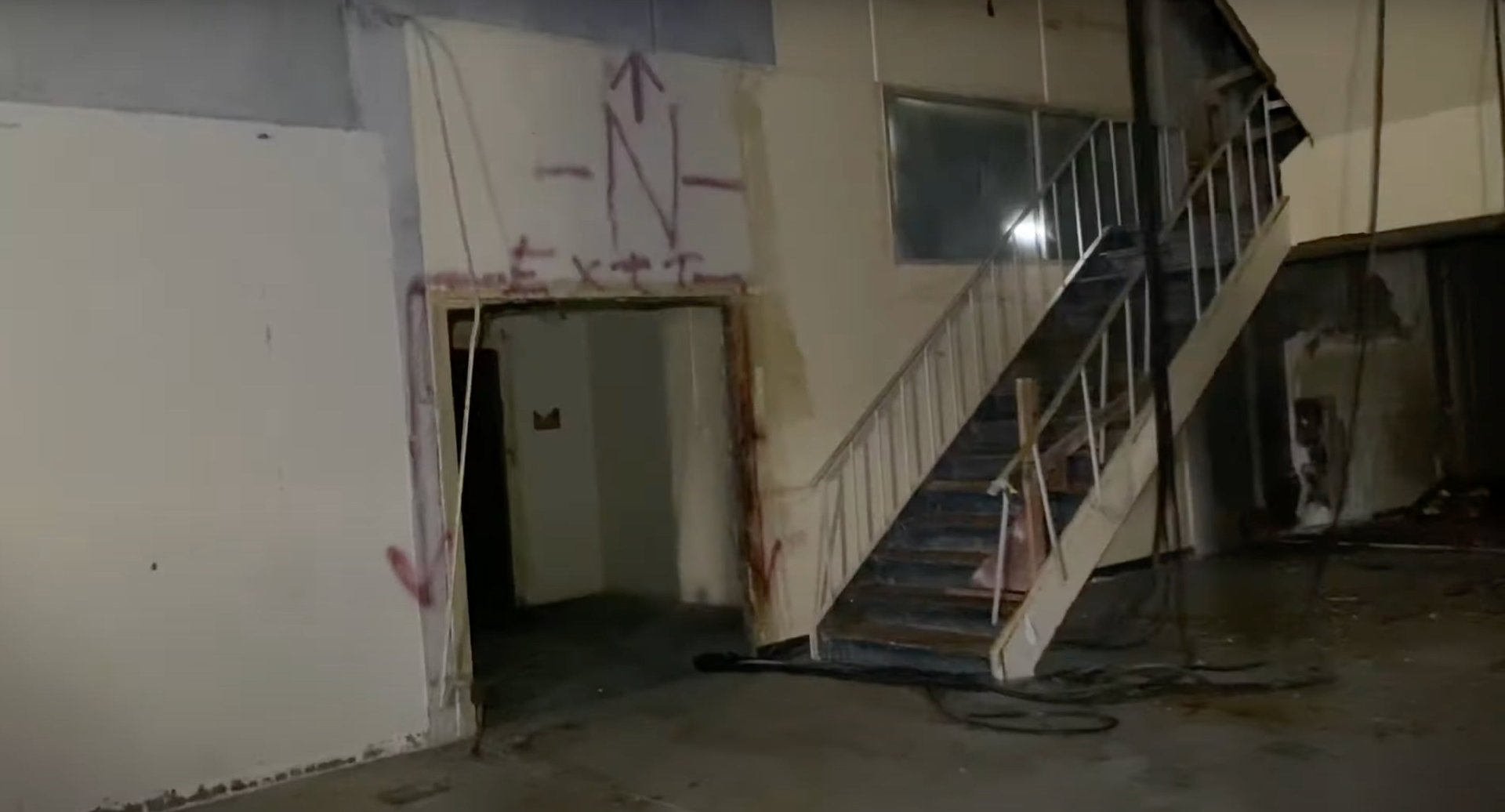
A tiny airstrip on an atoll over 700 miles away from Hawaii doesn’t seem like it belongs with the city-wide international airports we’ve discussed so far, but the Johnston Atoll Airport was home to some fascinating U.S. history.
The atoll is part of the United States Minor Outlying Islands. The island, for years, was used as a source of fertilizer, as all it had going for it was bird poo. Indeed it served as a bird refuge for many decades until the U.S. Navy got its hands on it in 1934. In 1941, a naval defense area was set up on the island, as well as an airspace. It didn’t see much action, but rather served as a jumping off point and resupply station for fighters in the Pacific. In 1948 the island came under the control of the U.S. Air Force. By 1958, the atoll was hosting nukes — lots of nukes. This would become a problem in 1962, when four out of nine missiles tests failed, spreading radioactive debris across the tiny atoll. One launch, Blue Gill 5, detonated on the launch pad, leaving the Air Force to clean up plutonium-laced materials in the 1990s.
It was also the site of Operation 437, a late ’60s attempt at an anti-satellite missile system using nukes to set electromagnetic pulses off in the high atmosphere. Spy planes flew in and out of Johnston, and then, as a cherry on top, the island was used to test the Navy’s readiness against chemical and biological weapons. Over half of the U.S.’ chemical weapons were stored on Johnston at one time, including the deadly Agent Orange, which continues to affect so many lives both in the U.S. and in Vietnam.
Eventually it would become the site of the U.S.’s first chemical weapons disposal facility, after barrels of Agent Orange leaked, poisoning the man-made lagoon. The airfield has now been decommissioned and most of the buildings destroyed. Johnston Atoll is once again home to the birds, and they aren’t spilling military secrets.
9 / 11
10 / 11
Sukhumi Babushara Airport, Abkhazia
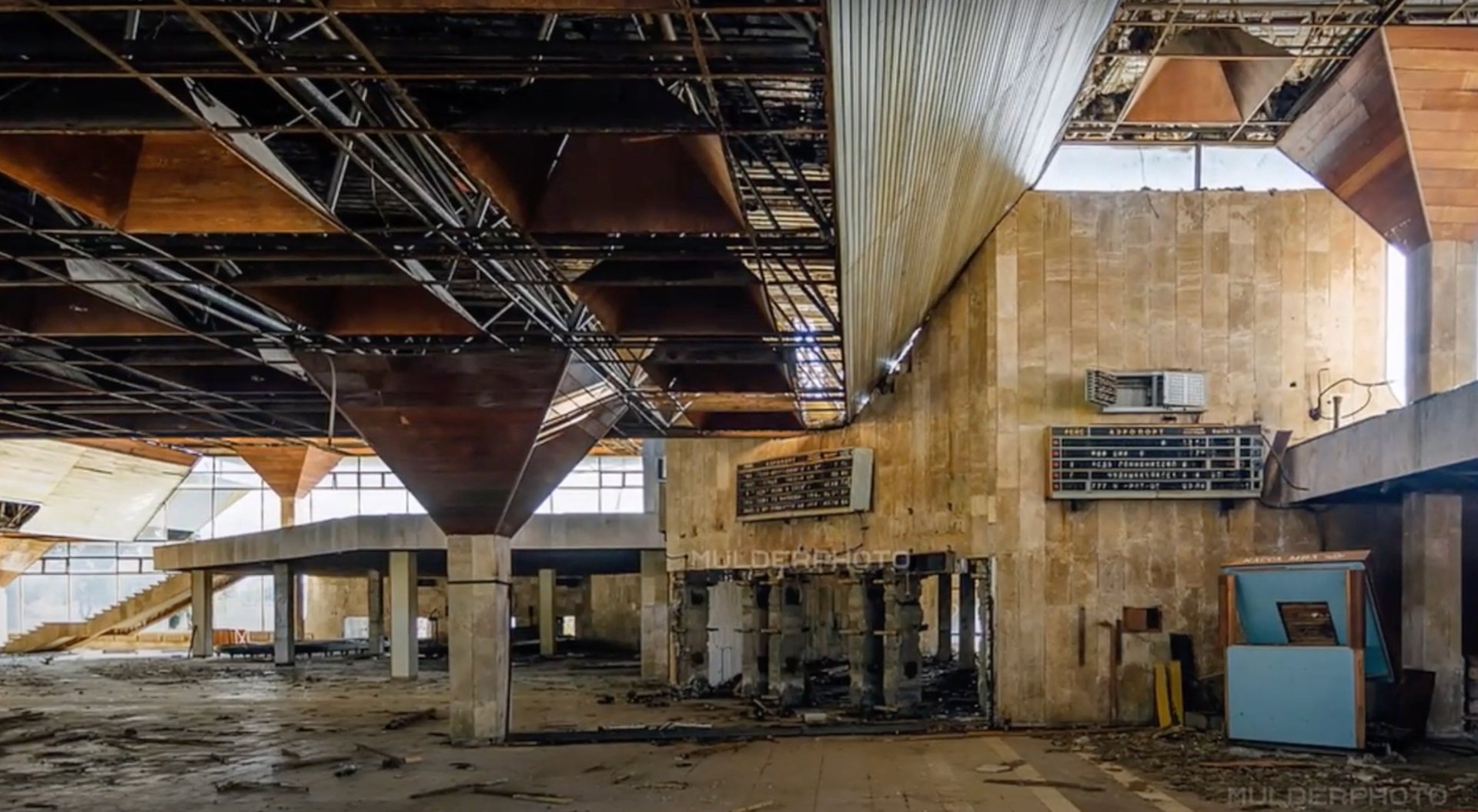
If you’ve never heard of the country of Abkhazia, that’s because it’s barely a country. This disputed stretch of land along the Black Sea was originally part of the country of Georgia. In the ’50s and ’60s it served hundreds of people every day, mostly vacationers on their way to the beach. That all ended when a civil war broke out in Georgia in the early ’90s following the dissolution of the Soviet Union. The airport was bombed, and then abandoned. In 2019, a Business Insider photographer explored the ruins of the Sukhumi Babushara Airport, closed now almost 30 years. He found heavily damaged buildings and planes rotting away on the runways. The heavily land-minded area wasn’t clear until 2003, and probably assisted in keeping scavengers away. Still, the airport is in desperate disrepair.
11 / 11
Mirabel International Airport, Canada
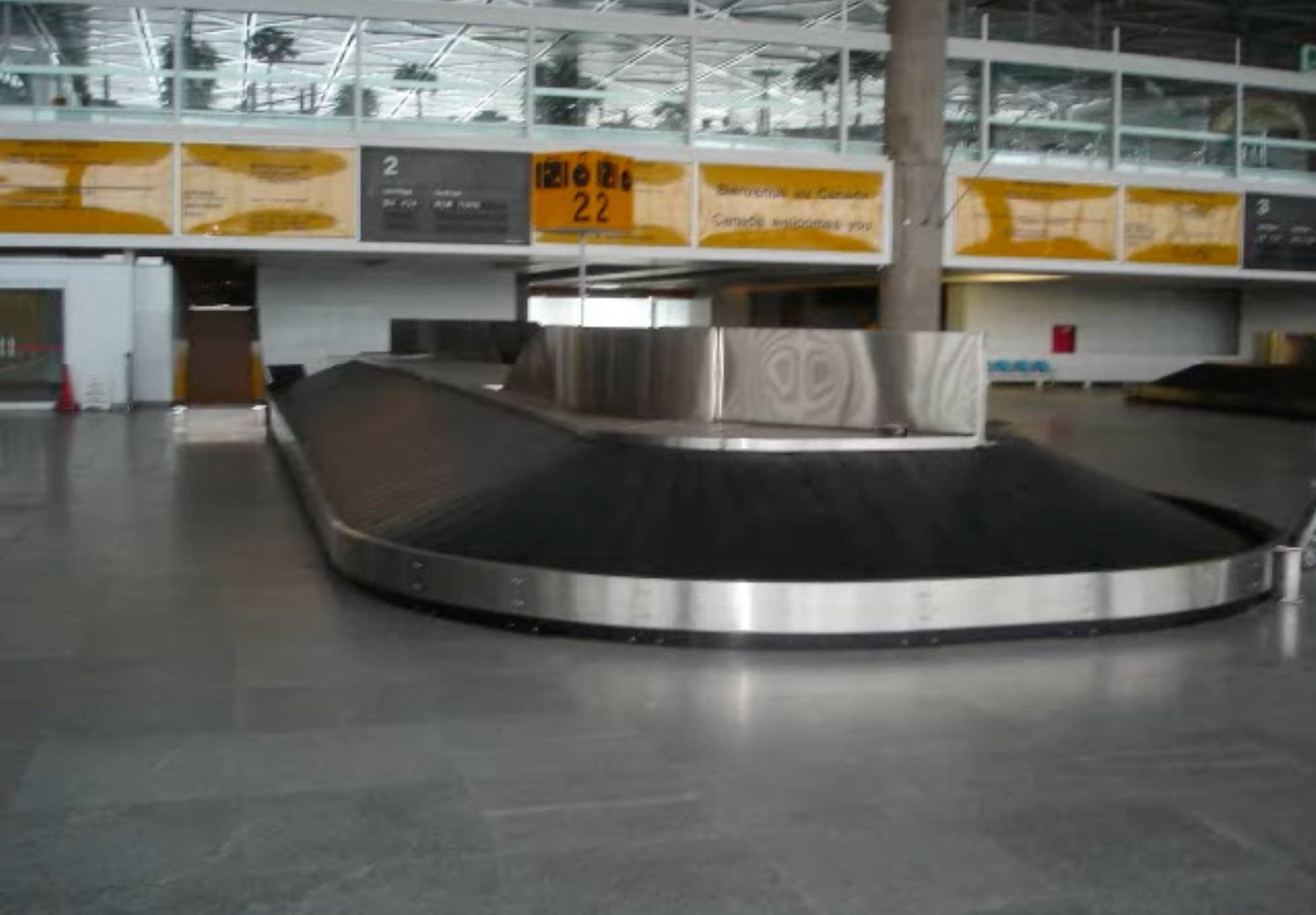
Once planned to be one of the largest airport in the world by footprint, Montréal–Mirabel International Airport was built to serve the influx of passengers coming into the country for the 1976 Olympic games. While Mirabel served the French-speaking province for nearly 30 years after the games, it never saw the 50 million travelers it was estimated to be able to handle each year. Montréal–Mirabel was meant to replace Dorval Airport, but that airport was closer to the city and had connections via public transit. Mirabel was inconvenient for both travelers and airlines, and soon plans were created to expand Dorval, making Mirabel no longer relevant. Before the passenger terminal was demolished, the site was used extensively in movie filming. Movies such as “The Terminal” (2004) and “Catch Me If You Can” (2002) were filmed in the disused airport. The airport is still used by charter flights, cargo planes and flight schools.
